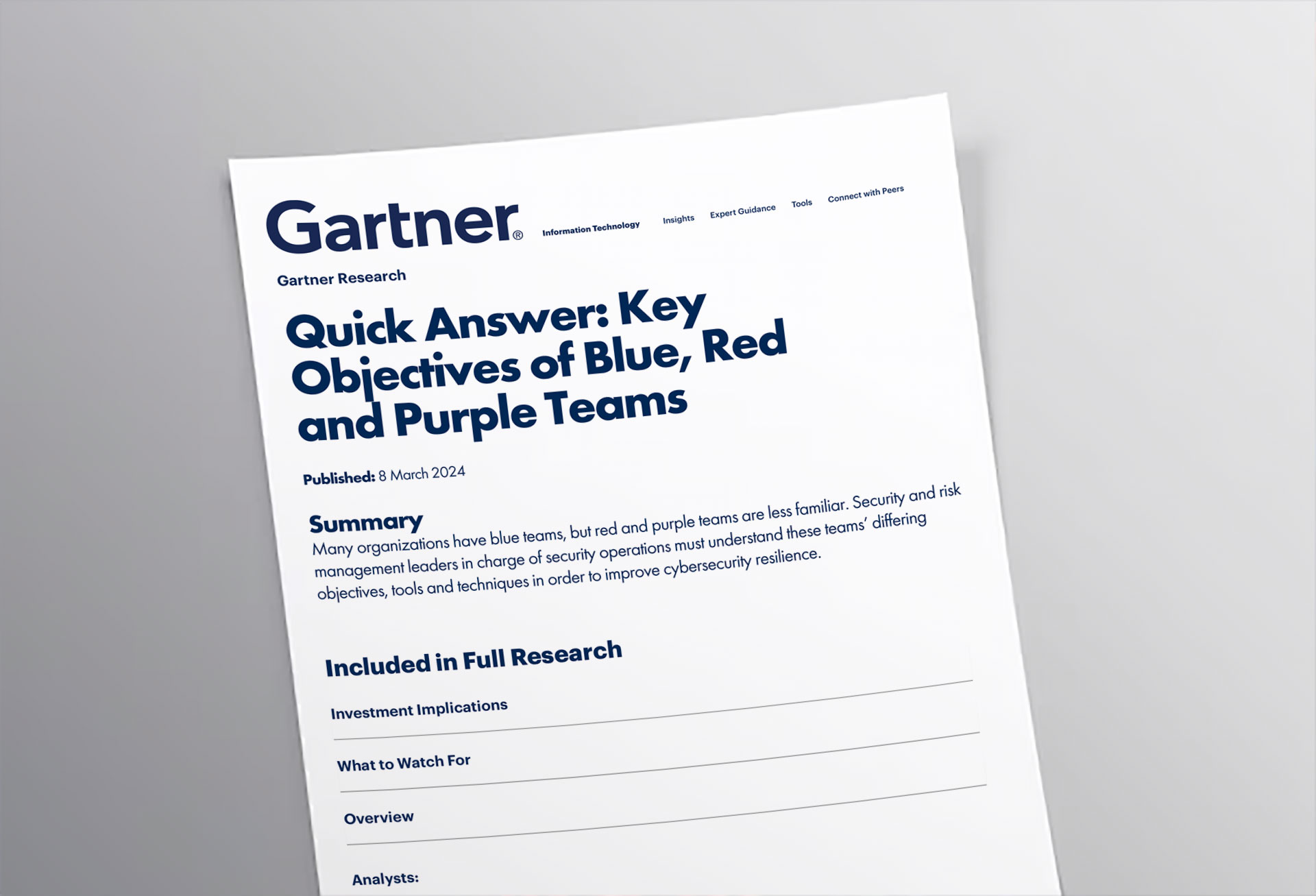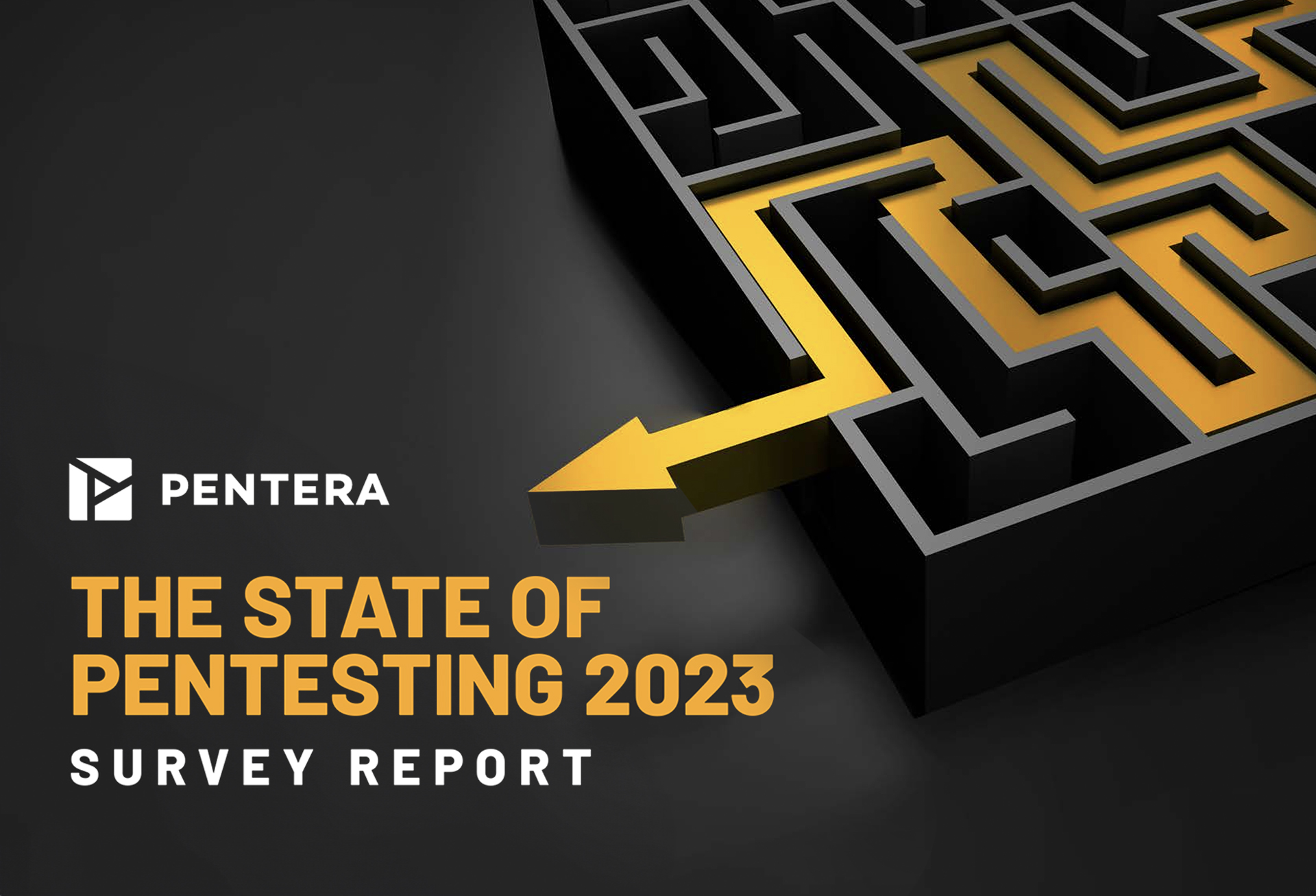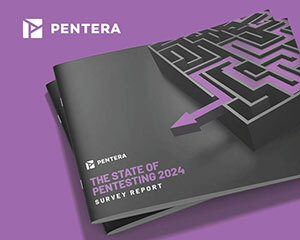What Is Cloud Security?
Cloud security is an umbrella term that encompasses all of the policies, practices, and technologies that organizations use to safeguard their data, applications, and systems in IT environments that rely on cloud computing. The primary focus of cloud security is to guard digital assets by ensuring that cloud computing environments are protected against unauthorized access attempts and other kinds of data breaches.
Due to the flexibility and scalability that it offers, organizations are increasingly relying on cloud computing to help them achieve their goals. However, migrating operations to the cloud can open up new attack vectors, so it is essential to have comprehensive security measures in place to help mitigate potential risks.
Why is cloud security important?
Cloud security is highly important for organizations that wish to migrate their operations to the cloud. By taking steps to create cloud security policies and put security controls in place, these organizations can empower themselves to leverage the potential of cloud computing to their advantage without putting themselves at additional risk. By effectively mitigating these risks, they can adapt and scale their operations as necessary to reach their long-term objectives more easily.
Furthermore, robust cloud security is crucial for building trust with customers, partners, and regulatory bodies, ensuring that sensitive information is handled securely and in compliance with global data protection standards.
How does cloud security work?
Cloud security is a multifaceted aspect of cybersecurity, comprising multiple layers of protection that work together to protect cloud computing environments.
Organizations that embrace cloud security routinely deploy technologies such as multi-factor authentication and Identity Access Management (IAM) tools, which allow them to manage users, ensure proper authentication, and maintain control of permissions to prevent unauthorized access attempts. These tools are used in conjunction with other technologies such as data encryption and Automated Security Validation (ASV) tools, which continuously monitor IT environments and evaluate the effectiveness of relevant security controls.
Integral to understanding cloud security is the shared responsibility model, which clarifies that while cloud providers are responsible for the security of the cloud, including infrastructure and computing resources, customers are responsible for security in the cloud, which includes protecting their data, applications, and access controls. This model is fundamental to crafting effective cloud security strategies.
Aside from technological tools, cloud security also encompasses the implementation of established cybersecurity methodologies such as vulnerability management, which sets out a procedure for identifying, evaluating, and remediating areas of exposure in cloud computing environments. Additionally, the approach encompasses other best practices which serve to further strengthen overall security posture, such as security awareness training and incident response planning.
What is cloud computing?
Cloud computing is a method of delivering on-demand computing services, including but not limited to servers, storage, software, databases, networking, and analytics. It can be broken into three primary models: Platforms as a Service (PaaS), Software as a Service (Saas), and Infrastructure as a Service (IaaS).
Cloud computing is often provided on a usage basis, allowing organizations to utilize all of the functionality of the latest computing technologies while outsourcing the required infrastructure that supports them. It is highly beneficial for organizations that intend to expand their operations on a regular basis. Since it doesn’t require a permanent internal infrastructure or any upfront investment, it enables organizations to operate in a more cost-effective manner and continually upgrade and expand the systems they use with minimal disruption.
What are some cloud security risks?
While cloud computing offers a variety of important benefits to organizations, it also comes with some risks that must be managed effectively. Common cloud security risks include the following:
- Human error: Individual mistakes can create potential security risks in cloud computing environments. These can include misconfiguration of cloud settings, for instance, or poor password management which results in a security breach.
- Inadequate encryption: When organizations use insufficient or improper encryption, data can be intercepted in transit, leading to a breach.
- Insecure APIs: Application Programming Interfaces that lack proper authentication or permission controls lead to data manipulation or attacks.
- Poor attack surface management: Insufficient visibility or monitoring of the attack surface can allow vulnerabilities to proliferate in cloud computing environments, exposing organizations to cyber threats.
- Compliance risks: These have become more pronounced in cloud environments, as data governance laws vary by region and industry. Without proper oversight, organizations might inadvertently violate regulations, leading to significant fines and damage to reputation.
What are the types of cloud security solutions?
Cloud security involves the use of a variety of possible solutions. The following are some of the most commonly used cloud security solutions:
- Data Encryption
- Identity and Access Management (IAM) tools
- Automated Security Validation (ASV) platforms
- Cloud Access Security Brokers (CASBs)
- Endpoint Detection and Response (EDR) tools
- Cloud Security Posture Management (CSPM)
Empowering digital transformation with cloud security
With digital transformation becoming a priority for organizations everywhere, the need to migrate operational functions to the cloud is growing, so comprehensive cloud security is now necessary for those seeking to modernize and enhance their scalability. By combining advanced security tools with clearly defined policies and procedures for managing cloud computing environments, organizations can embrace cloud computing as part of their evolution, safe in the knowledge that their critical digital assets are protected.
What do you mean by cloud security?
Cloud security is an overarching term that refers to all of the policies, practices, and technologies organizations use to safeguard the data, applications, and infrastructure within their cloud computing environments.
How do I secure my cloud?
The best way to secure your cloud is to implement a multi-faceted approach that protects it on multiple levels simultaneously. This means implementing measures like data encryption, access identity management, accessing controls, continuous monitoring, and cloud-native penetration testing to ensure that threats and vulnerabilities can be identified and addressed in real time.
What are the three categories of cloud security?
The three categories of cloud security correspond to the three models of cloud computing: Infrastructure as a Service (IaaS), Platform as a Service (PaaS), and Software as a Service (SaaS).
IaaS security protects the underlying infrastructure for cloud computing, including networks, servers, and storage. PaaS security, on the other hand, protects the platforms that organizations use to develop and deploy applications as part of a shift left security approach. Lastly, SaaS security protects the cloud-based applications organizations use and any associated data.
What is the difference between cloud security and cybersecurity?
While related, cloud security and cybersecurity have slightly different meanings. Cloud security refers to the process of securing cloud-based IT environments, whereas cybersecurity refers to everything organizations do to protect their digital assets, including in their cloud computing environments. As such, cloud security can be considered a subcategory of cybersecurity.
Improve cloud security.
Implement strong security measures for cloud environments.


